Imagine you’re at the park with your 3-month-old. The sun is blazing. Your baby’s delicate skin is about as tough as tissue paper.
You need protection. Fast.
Your baby’s skin is 30% thinner than yours. It burns in minutes, not hours.
One study found that just 15 minutes of direct sunlight can cause sunburn in infants under 6 months.
Also read: Top 10 Best Sun Hats for Babies in 2025
Sun hats aren’t just cute accessories. They’re your baby’s first line of defense against UV damage that can happen faster than toast on high.
The Sun Doesn’t Care How Cute Your Baby Is
Baby skin lacks melanin. This pigment protects against UV rays. Without it, infants are at higher risk of sunburn.
The American Academy of Pediatrics recommends keeping babies under 6 months out of direct sunlight.
When shade isn’t available, they suggest small amounts of sunscreen on uncovered areas. But to be honest, trying to apply sunscreen to a squirming baby is like trying to butter toast with a cat.
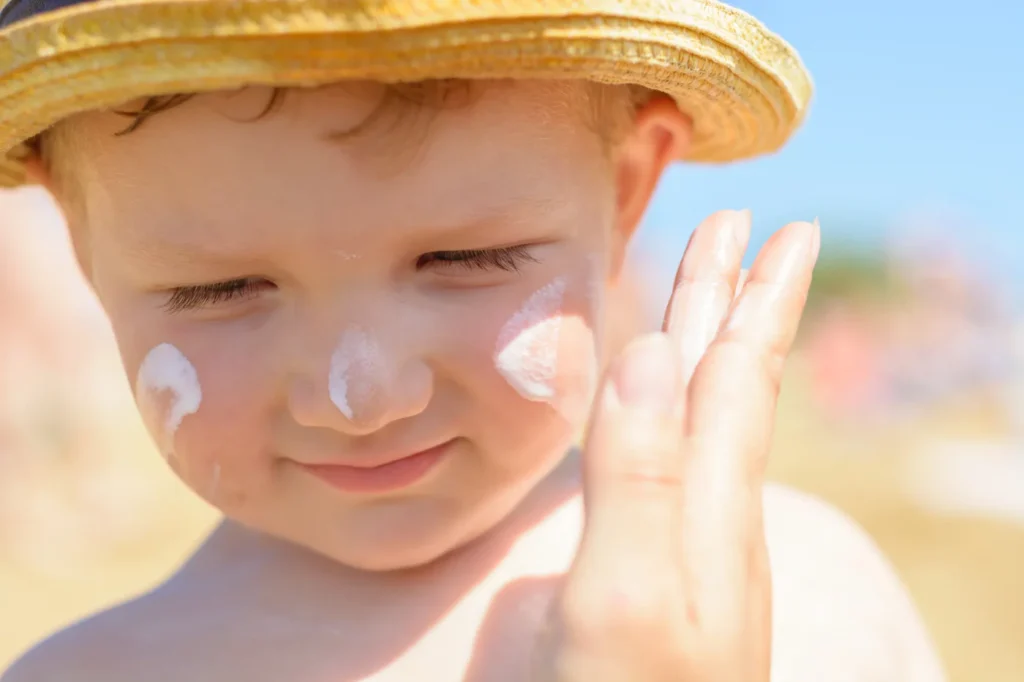
The FDA says babies under 6 months should avoid direct sunlight and sunscreen on large skin areas.
Why? Infant skin absorbs chemicals differently from adult skin. Those tiny pores act like sponges.
UV damage builds up over time. Early exposure increases skin cancer risk later in life.
Wide-brim hats create portable shade. They cover your baby’s face, neck, and ears without chemicals.
What Makes a Good Baby Sun Hat
UPF Rating
UPF measures fabric sun protection. It works like SPF for clothing, but for people who can’t sit still long enough for sunscreen application.
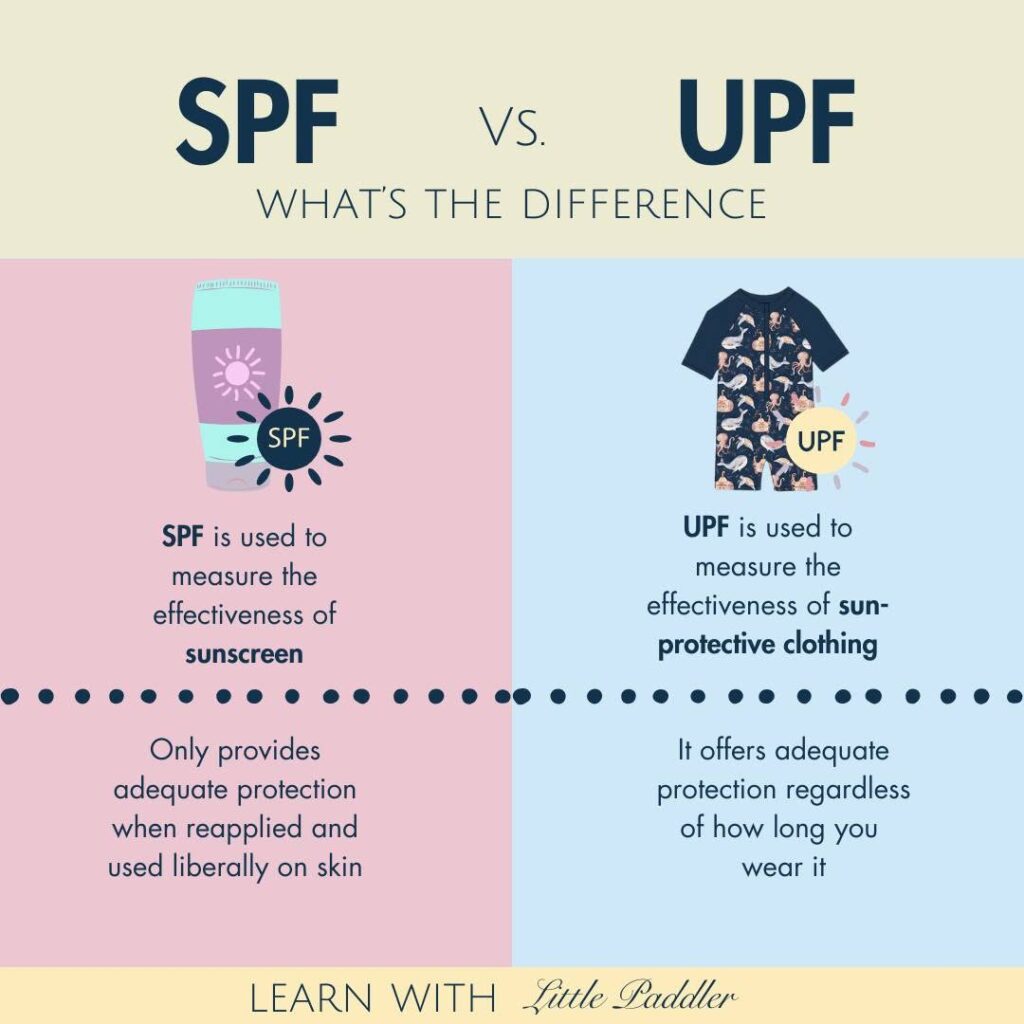
Here’s the breakdown that matters:
- UPF 15-24: Good (blocks 93-96% of UV rays) – Better than nothing, but we can do better
- UPF 25-39: Very good (blocks 96-97% of UV rays) – Getting warmer
- UPF 40-50+: Excellent (blocks 98%+ of UV rays) – This is what we’re talking about
Choose UPF 40 or higher. Some ratings drop when fabric gets wet or stretched. Apparently, sun protection and baby drool don’t mix well.
According to the Skin Cancer Foundation, UPF 50+ fabric blocks 98% of UV rays. It acts as a reliable barrier against harmful UV rays.
Brim Style
Wide-brim hats offer the best protection. They shield their face, neck, ears, and shoulders.
A 3-inch brim all around is the gold standard.

A study published in the British Journal of Dermatology found that hats with narrow brims under 7.5 cm (about 3 inches) offer little protection for the nose and cheeks.
Wider brims block much more UV.
That’s why dermatologists, including the American Academy of Dermatology, recommend wearing hats with at least a 3-inch brim to cover your face properly.
We’re aiming for more than half-protected.
Bucket hats work well for active babies. The downward slope stays put during movement. Perfect for babies who treat sitting still like it’s an Olympic sport.
Flap hats combine a front brim with neck protection.

Avoid baseball caps for sun protection. They leave ears and neck exposed. Save them for when your baby starts their Little League career in about 4 years.
Fabric
Cotton canvas breathes well and gets softer with washing. Look for tightly woven cotton that blocks light when you hold it up to a window.

A study published in The Scientific World Journal found that heavier and tightly knit cotton fabrics provide better UV protection than lighter, loosely constructed ones.
Who knew thread count mattered for more than just sheets?
Polyester blends often have higher UPF ratings but can trap heat. Look for moisture-wicking options. Your baby’s head shouldn’t feel like a sauna.
Avoid rough textures like straw. Baby skin is sensitive. If it feels scratchy against your child’s cheek, it’s not the right choice.
Natural fibers like cotton and linen are hypoallergenic. They’re less likely to cause skin reactions than synthetics. No one wants a cranky baby with a rash.
Fit and Safety Features
Chin straps prevent lost hats. They must be breakaway straps that release under pressure to prevent choking. Safety first, even when it comes to accessories.
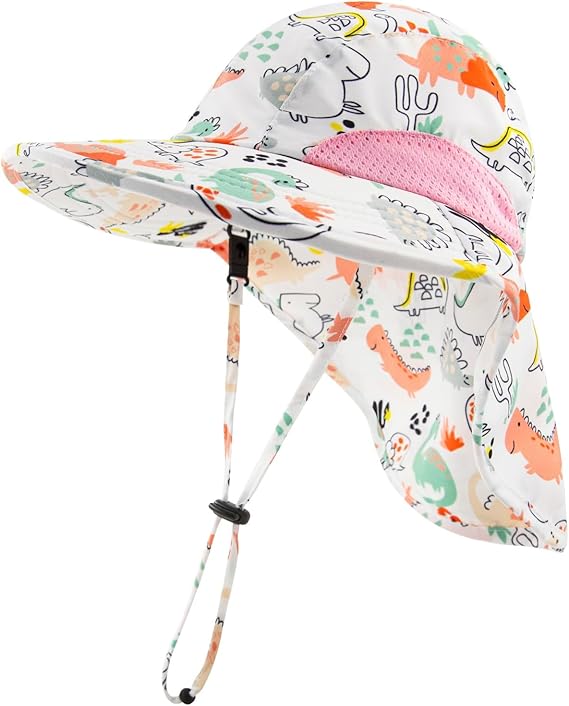
The Consumer Product Safety Commission emphasizes that any strap near a baby’s neck should release with minimal force. We want sun protection, not a wrestling match.
Adjustable sizing saves money and sanity. Look for drawstrings, velcro, or elastic bands.
Baby heads grow faster than your grocery bill.
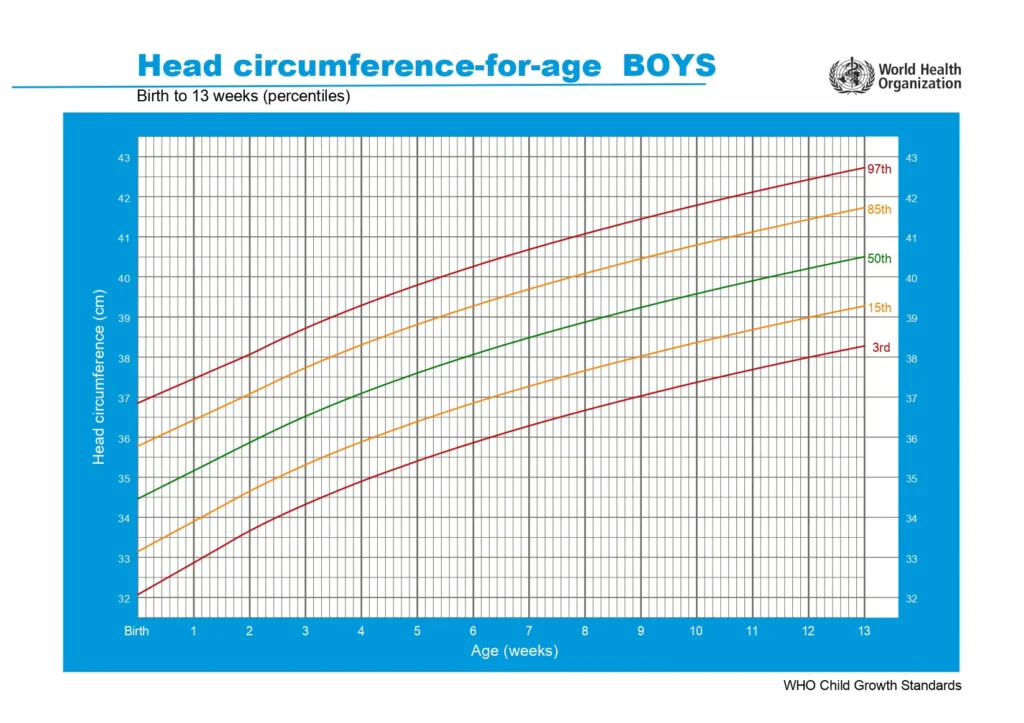
At 3 months, the average head circumference is 15.5 inches. By 12 months, it’s 18 inches. That’s 2.5 inches of growth in 9 months.
Ear coverage is crucial. Some hats have extended side panels. Others rely on brim width. Both work if the ears stay covered.
Certifications
OEKO-TEX Standard 100 means the fabric was tested for harmful chemicals. This matters for babies who mouth everything, including their hats.
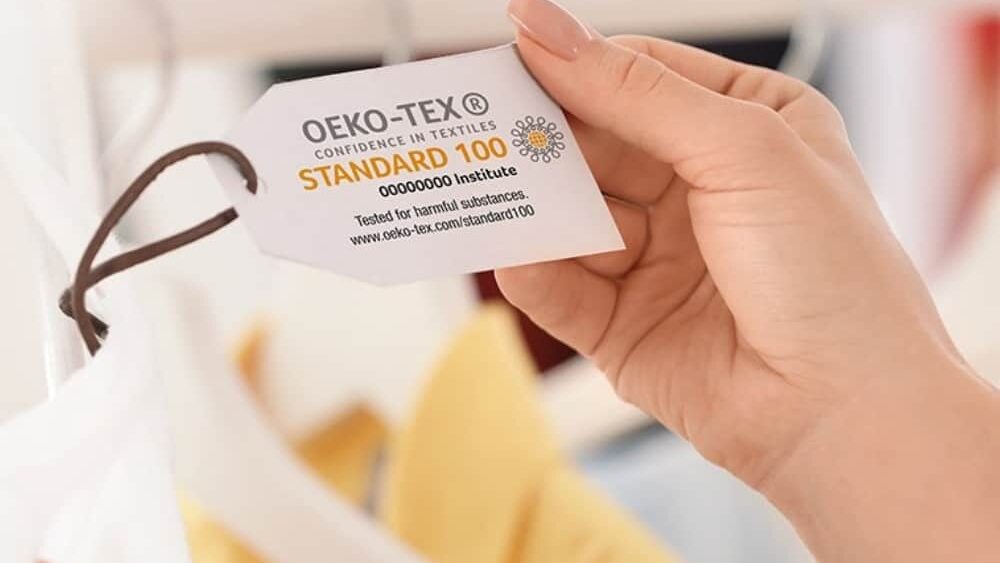
GREENGUARD Gold certification indicates low chemical emissions. Less important for outdoor hats than indoor furniture, but still a good sign.
Recycled materials are environmentally friendly and often just as protective.
Practical Features
Machine-washable is essential. Babies are messy.
You’ll be washing this hat at least once a week. Maybe daily, if your baby turns food-flinging into an art form.
Packable hats fold flat and hold their shape. Great for travel. Your diaper bag is already bursting, so the hat shouldn’t take up half the space.
Quick-dry materials help families who spend lots of time outdoors. Once a hat’s wet, everything else in the bag pays the price.
How to Size a Baby Sun Hat
Baby heads grow fast. One day the hat fits perfectly, the next day it’s cutting off circulation.
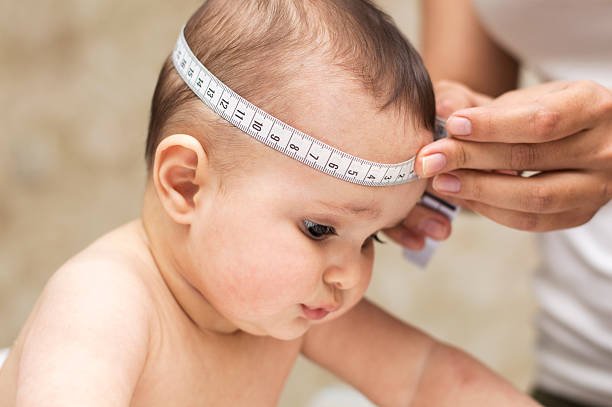
Measuring Steps That Won’t End in Tears
- Use a soft measuring tape around the widest part of your baby’s head (about 1 inch above eyebrows and ears)
- Add 1/2 inch for comfort and growth
- Check the manufacturer’s size chart. Every brand sizes differently because consistency is apparently optional
Fitting Tips From the Trenches
Put the hat on while your baby is distracted. Try during feeding or play time, when their attention is elsewhere.
Start with short periods indoors. Let them get used to the feeling.
Let them play with the hat first. Familiarity reduces resistance. If they can chew on it for a while, they’re more likely to wear it.
Check for pressure points. If the hat leaves marks, it’s too tight. Red marks on a baby’s forehead are not a good look.
Sun Protection Beyond Hats
Temperature Guidelines That Make Sense
Babies need hats when the temperature exceeds 70°F with direct sunlight. UV rays are strongest between 10 AM and 4 PM.
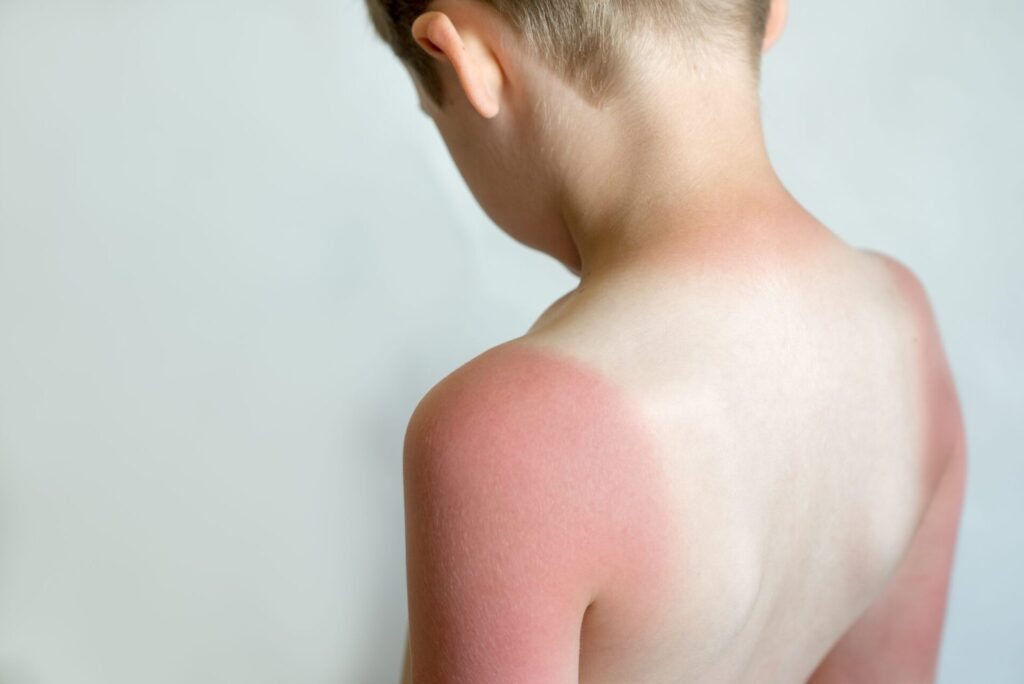
When the heat index reaches 90°F, limit outdoor time to 15-20 minutes. Your baby isn’t training for a desert marathon.
Overheating Warning Signs
- Flushed, red skin
- Rapid breathing
- Excessive fussiness
- Reduced urination
- Lethargy
Clothing Tips
Light-colored, loose-fitting clothes allow air circulation. Dark colors absorb heat like a sponge absorbs water.
Cover exposed skin with long sleeves and pants. Counter-intuitive but effective. They protect better than sunscreen on baby skin.
Choose fabrics that breathe. Cotton and linen are your friends. Polyester is like wrapping your baby in plastic wrap.
Layer smartly. You can always remove clothes if your baby gets too warm. You can’t magically create shade if they’re under protected.
Skip the cute but useless accessories. Those tiny flip-flops and tank tops are Instagram-worthy but sun protection disasters.
Dress your baby like a desert explorer. Long sleeves, pants, and a hat. Lawrence of Arabia knew what he was doing.
Consider UV-protective swimwear for pool days. Regular swimsuits offer about as much protection as tissue paper.
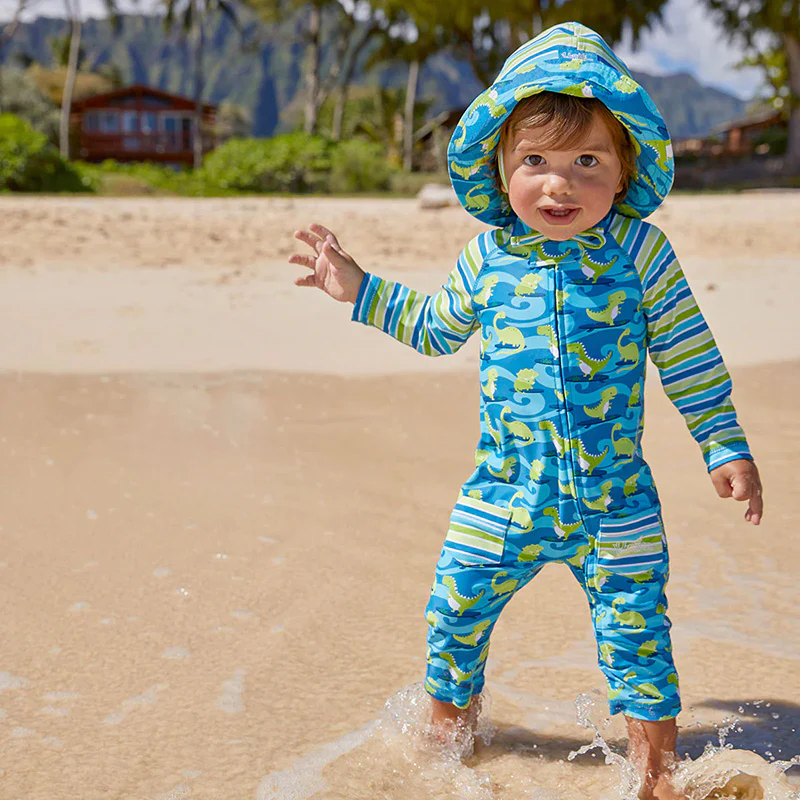
Check fabric density by holding it up to light. If you can see through it easily, so can UV rays.
Creating Shade
Beach umbrellas reduce UV exposure by 77%. Sand and water reflect UV rays, so hats are still needed.
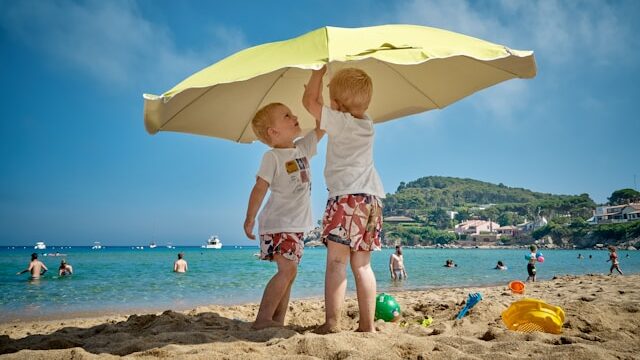
Pop-up tents create instant shade anywhere.
Stroller canopies help, but aren’t foolproof. Sun angles change as you move. What worked at 10 AM might be useless by noon.
Tree shade varies throughout the day, and they’re not mobile, of course.
Additional Gear for the Well-Prepared Parent
Sunglasses for babies 6 months and older. Look for 100% UV protection and flexible frames.
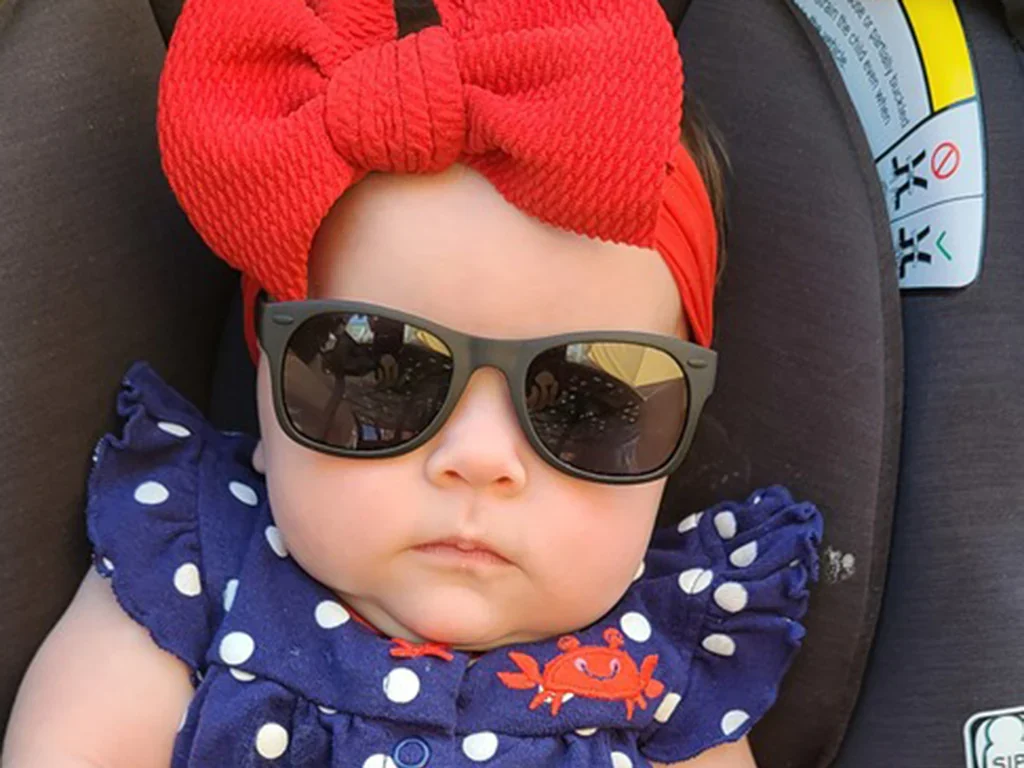
Yes, baby sunglasses are a thing, and they’re ridiculously cute.
Stroller fans help with air circulation on hot days. Battery-powered clip-on fans are portable and effective.
Water Activities and Sun Hats
Never put hats on sleeping babies. They can increase overheating risk.
For water activities, choose water-resistant materials like nylon and polyester. They maintain shape when wet and dry quickly.
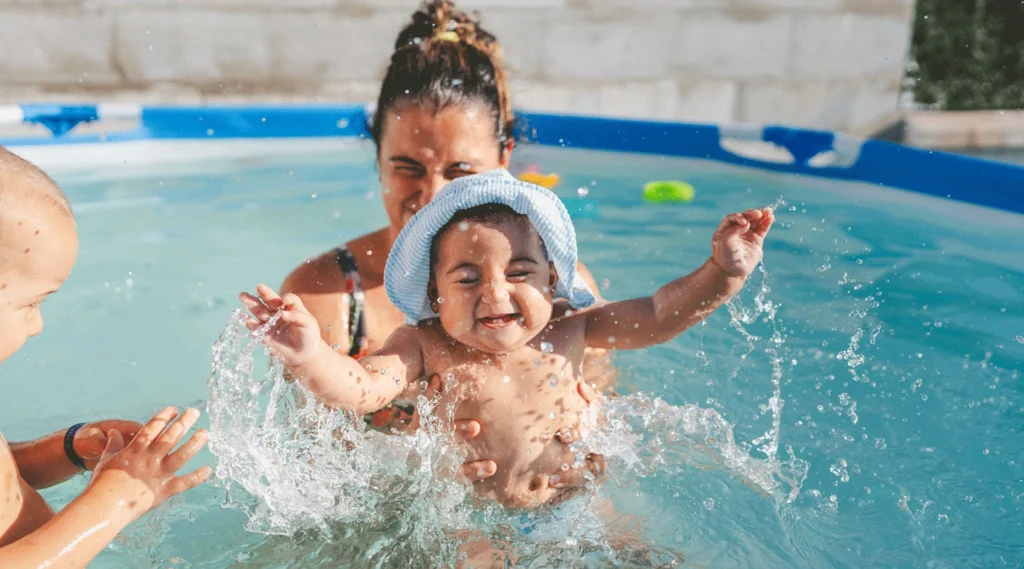
Cotton might be great on land, but it’s useless when soaked.
Secure fit matters more around water. Babies move more when splashing. A hat floating in the pool doesn’t protect anyone.
Chlorine resistance matters for pool use. Some fabrics fade or degrade in chlorinated water.
Seasonal Considerations
UV rays don’t take winter vacations. According to a study published in the International Journal of Environmental Research and Public Health, fresh snow can reflect up to 80% of UV rays. Your baby can get sunburned while building snowmen.
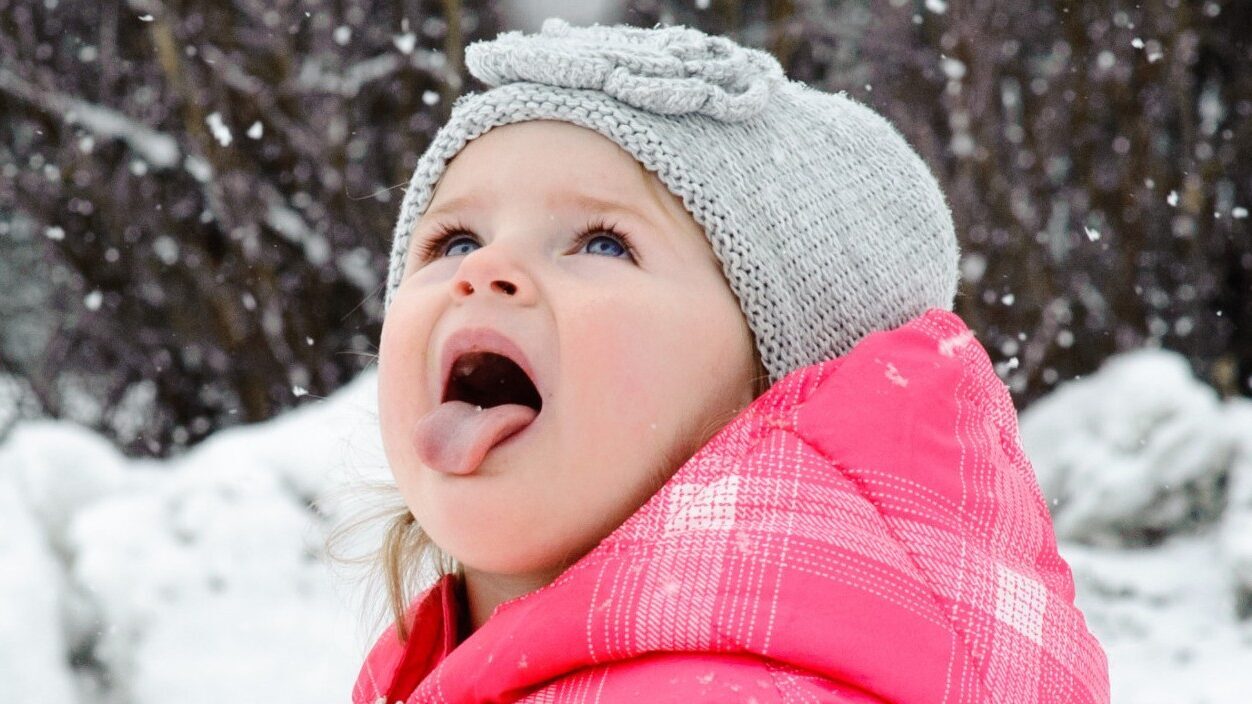
Spring sun can be deceiving. Cool temperatures don’t mean weak UV rays. April sunshine can be just as damaging as July heat.
Fall outdoor activities still require protection. The sun sits lower in the sky, creating different angle challenges.
Your baby’s hat needs to work overtime.
Common Mistakes Parents Make
Buying hats that look cute but offer no protection. Baseball caps might be adorable, but they’re useless for sun protection.
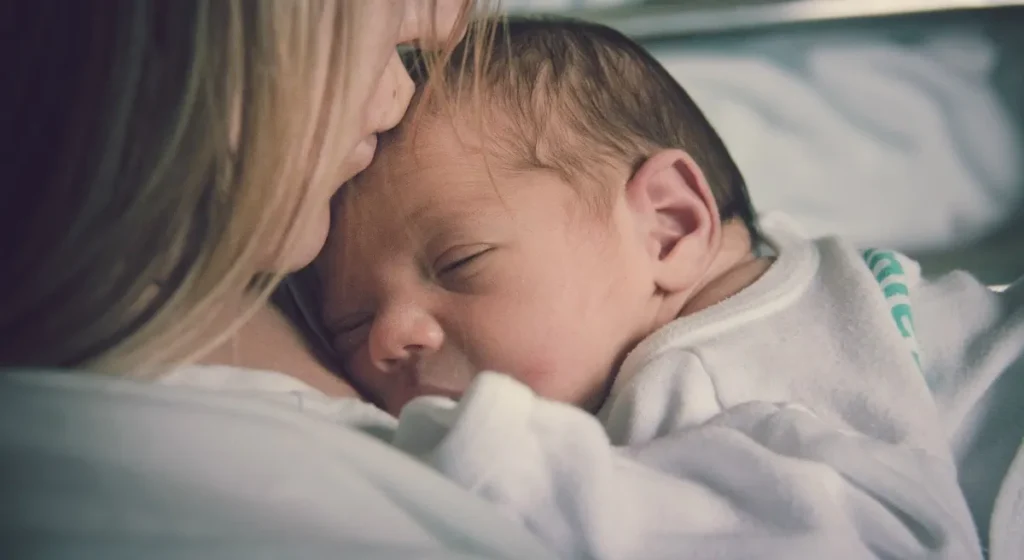
Hats that are too big or too small come with issues. Too big falls off constantly while too small creates pressure points or discomfort.
Don’t skip ear protection. Sunburned ears hurt and are easy to overlook. Make sure those little ears stay covered.
Think clouds protect you? Nope. UV rays still get through. You can burn on overcast days.
Relying only on hats without considering reflected UV. Sand, water, and concrete all reflect UV rays upward.
Your baby needs protection from all angles.
FAQs
How hot is too hot for a baby outside?
When the heat index hits 90°F, you’ve got 15-20 minutes max before heading inside. Above 100°F heat index? Stay indoors. Your baby isn’t training for Navy SEAL summer camp. If you’re sweating through your shirt, your baby is probably overheating.
Should my 2 week old sleep with a hat on?
No. Hats during sleep increase overheating risk. Babies regulate temperature through their heads. A sleeping hat is like putting a lid on a pot – things get too hot, too fast.
Save hats for outdoor adventures, not naptime.
Is polyester good for baby hats?
Polyester can offer higher UPF ratings than cotton, but it traps heat and doesn’t breathe. If you choose polyester, make sure it has moisture-wicking properties.
Conclusion
Choose sun hats with UPF 40+ ratings, 3-inch brims, and breathable fabrics. These aren’t suggestions, but rather requirements for adequate protection.
Prioritize fit and comfort over appearance. A hat your baby won’t wear offers zero protection. Function beats fashion every time.
Good sun hats are an investment in your child’s future health. The extra money you spend on quality protection today can prevent serious skin problems decades from now.
Your baby’s delicate skin depends on you making the right choice. No pressure, but you’re literally protecting their future self from sun damage.
Sun protection isn’t just about avoiding sunburn today. It’s about preventing skin cancer, premature aging, and other UV-related problems that won’t show up for years.
Choose wisely. Your baby’s skin is counting on you.

